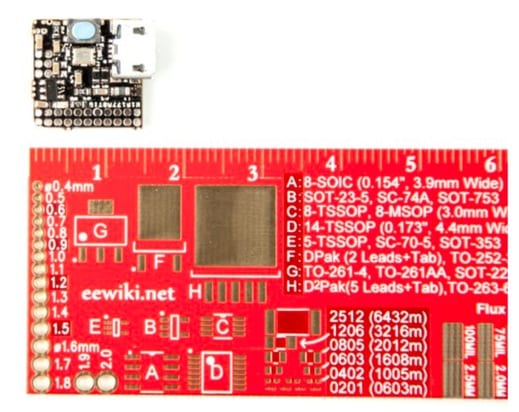In the segment of programmable boards, the most popular design is arguably the Arduino. This board has a set of interesting specifications and also a simple and good programming platform. Hence, today we will show you the smallest Arduino board ever created which is smaller than a microSD card.
Meet The Smallest Arduino Board Ever Created — Smaller Than A microSD Card
We all are witnessing that how rapid and fast the programmable boards are growing and not only that as the electronics hardware innovators are also trying their best simply to reduce the overall size of the board and simply make everything smaller or more compact.
However, in the segment of programmable boards, the most popular design is arguably the Arduino. This board has a set of interesting specifications and also a simple and good programming platform.
However, it is fundamental that technology evolves and in this sense was created the μduino, the smallest Arduino in the world.
The Arduino was possibly the platform with more responsibility in trivializing the development of hardware/software applications capable of interacting/feeling with the environment. In this area, there are several solutions on the market and soon there may be another alternative, the μduino.
The μduino is a board based and compatible with the Arduino only with a tiny size (only 12 × 12 mm). In terms of specifications stand out for:-
- Microcontroller ATMEGA32U4
- 6x analog I / O ports
- 14x digital I / O ports (including Rx / Tx)
- Status LED
- 2x 5V ports
- Reset button
- MicroUSB Port
- 6-pin ICSP programming ports
- 1 crystal oscillator
- Can be powered by batteries or via MicroUSB
For the versions already available, the following image shows the differences between the μduino and the Uno, Micro, Digispark, and Flora projects.
Know the μduino better on video:-
This project is currently looking for funding and there are only a few days remaining to complete the action. If you consider the project interesting, give it a hand because all this technology costs only $ 18.00, moreover, you can simply click here to learn more about this project.





